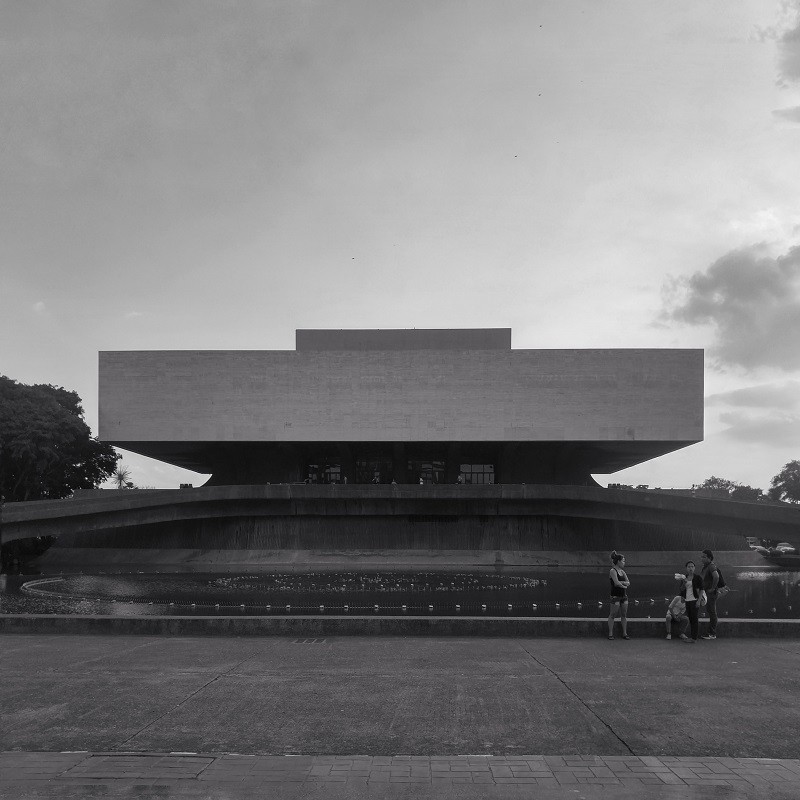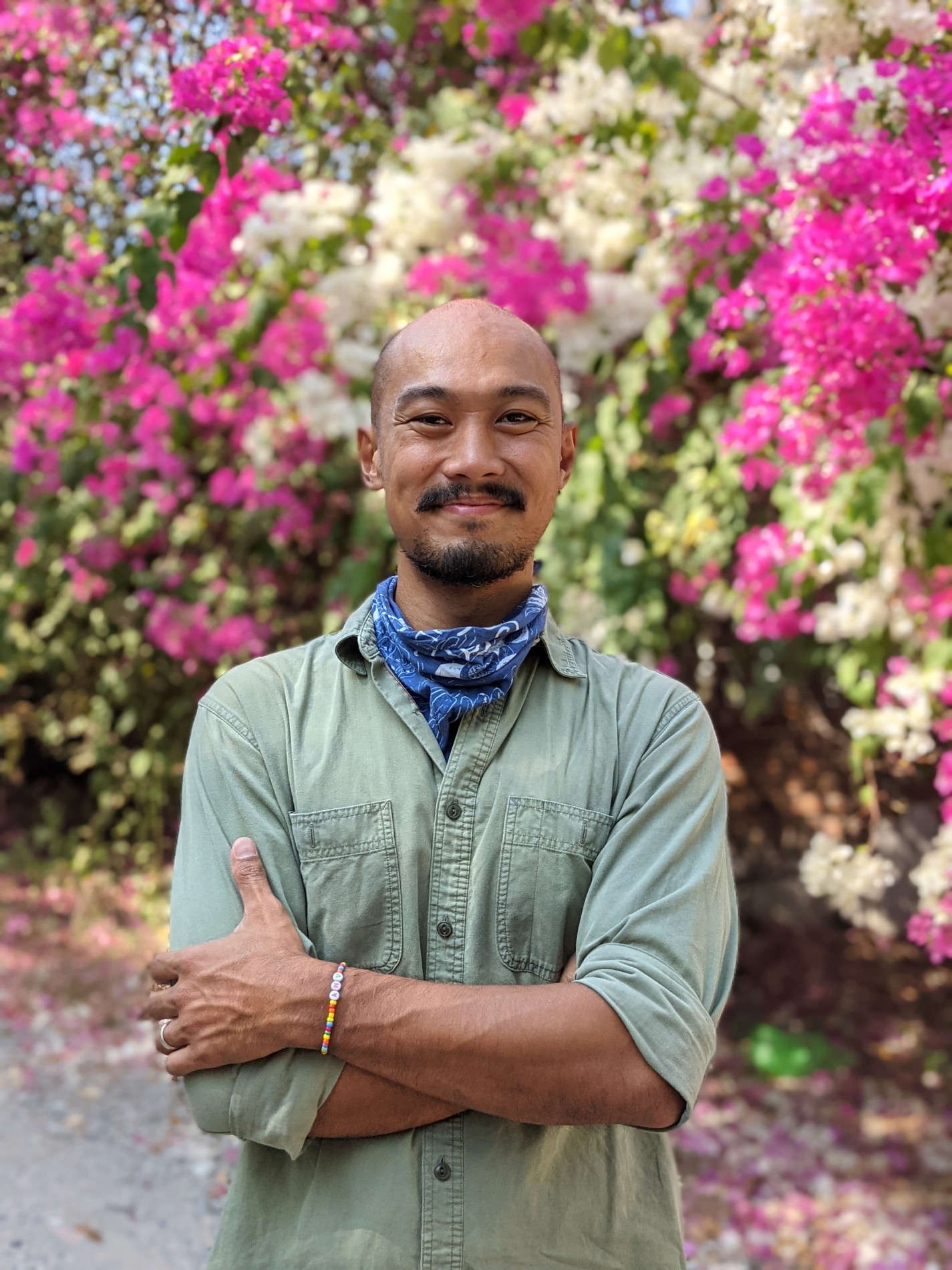
Five brutalist structures that have stood the test of time.
By Mel Patrick Kasingsing and Eldry John Infante
July 08, 2021
With over 14,000 followers on Instagram, Brutalist Pilipinas has re-introduced some of the country’s best and often underappreciated brutalist structures to a new and younger market. Showcasing these heritage structures through captivating photographs, the co-moderators of the Instagram account hope to not only document these architectural landmarks but also promote its preservation and celebrate its cultural contributions. Here they discuss five of their favorite #Bruts and what their legacy says about our country.
Mel Patrick Kasingsing: So, brutalism in the Philippines is a complex, polarizing architectural style, yet one that permeated all corners of the country. Eldry, what attracted you to it?
Eldry John Infante: It’s all thanks to our Filipino architects who appreciated the beauty of concrete and blessed us with quite the brut bounty! I think brutalist buildings are sexy. They're confident, showing the material they're made of without pretense. They command attention!

MPK: So today, we’re going to be briefly scanning through images of five of our favorite #Bruts from across the country; naturally, we can’t leave out the CCP Complex’s National Theater and the PICC, Asia’s first convention center, both by National Artist Leandro Locsin. Much has been said about these two, arguably two of the most renowned examples of brutalism in the country. These two are my favorite buildings in the world. How would you describe your first visits here, Eldry?
EJI: I learned about these two Locsins from History of Architecture class back in college. You can't help but admire the sculptural composition present in these works and when I experienced them first hand: a total fanboy moment! Locsin makes concrete very sensual and light. It doesn't feel heavy or cold, qualities people usually associate with brutalism. The grand sculptural staircase of the National Theater and the thousand bulbed ‘chandelier’ that hovers above the voluminous PICC lobby are my favorite interior design gestures. I can't wait to go back!

MPK: I admire very much the economy in materials and the less is more approach in these two buildings; Locsin was able to do so much with a spare and workmanlike material palette; the wow factor is there even after 50+ years! I hope they can be well taken care of for the next 50, especially the CCP Theater!
EJI: Agree! They're inspiring masterpieces that are made for the ages. Another building that, thank God, passed the test of time is this office building turned fast-food chain branch in San Juan. I’m talking about the hulking red and grey KFC along EDSA, housed in the Pacific Machines Building, purportedly by Antonio Heredia. I know this is one of your fave bruts also

MPK: This gem along EDSA is such a treat to pass by and has had multiple lives and paint jobs! The building looks domineering and eye-catching despite its modest size; the interiors are actually pretty cozy! Hope its owners keep it up and do not decide to sell or have it demolished!
MPK: Let’s head south again, to Pasay City, where the gargantuan GSIS slash Philippine Senate Building complex is located; it was a revelation when I finally got to visit this Jorge Ramos-penned structure for a documentation assignment! Its equal parts massive and respectful of the human scale and the interplay between the landscaping and the structure is beautiful and near-seamless! I wish you could have seen it, Eldry! I remember appreciating the GSIS’s terraced form when I first saw your sketch of it on Instagram!

EJI: The GSIS building I think is one of the most underappreciated buildings in the country! I chanced upon it when scrolling aimlessly in Google Earth. My first thought was why on earth is this gem not as well known as other Jorge Ramos works? Its formal complexity and scale is quite a sight and it had green credentials in a day and age where it wasn’t the norm yet. I just had to sketch it so I can further appreciate the details Jorge Ramos masterfully bestowed the structure. I just think the building is grossly underused. The terraced courtyard garden would benefit from public access.
MPK: There’s one brutalist gem there in Pampanga, Eldry, which I can recall you taking me when we first met!
EJI: I can still remember that! I failed to include it on the original tour itinerary, but luckily, it was on the way to our last stop that day. The Cabetican Shrine of Our Lady of Lourdes is a concrete church built in 1985, in Bacolor, Pampanga. It was said to be designed by an engineer, Julio Macapagal, together with seven unnamed architects. It was buried under six meters of lahar from the 1991 Mt. Pinatubo eruption that literally erased the rest of my hometown from the map. It's still being used occasionally, despite it being below street level by devotees of the Lady.

MPK: Can never forget the whole experience, from crouching and getting into the space, and standing face to face with the craggy stone altar and the cross, dramatically lit by a half-moon oculus
EJI: Really dramatic right? I have so many memories of the shrine because the feast day coincides with my birthday! You have to see it filled with people. The ventilation is poor but people just don't care. They love the shrine. They do because the faith that is associated with it is much stronger than the tragedy that happened. Thankfully the feast is every February, months away from the rainy season that renders the interiors unusable because of flooding.
MPK: I think this also goes to show how, despite its detractors, brutalist structures can still ably serve its spatial responsibilities 50 years after its birth, that its social and community-centric ideals, as well as material honesty, are not incompatible with the needs of contemporary Filipinos.
EJI: That's true. Filipinos are known to be sentimental, we keep what our forefathers leave us with: old kitchenware, memorabilia, recipes. Sadly, heritage buildings are spared from this sentimentality.
MPK: Brutalist buildings, modernist spaces, art deco structures… any of our built heritage for that matter; once we choose to let it go, it can never be brought back; a balance must be struck; how can we expect today’s Filipinos to be aware of the value of what it means to be one when we have all but erased the signposts and pathways that have led us to where we are now? (END)


